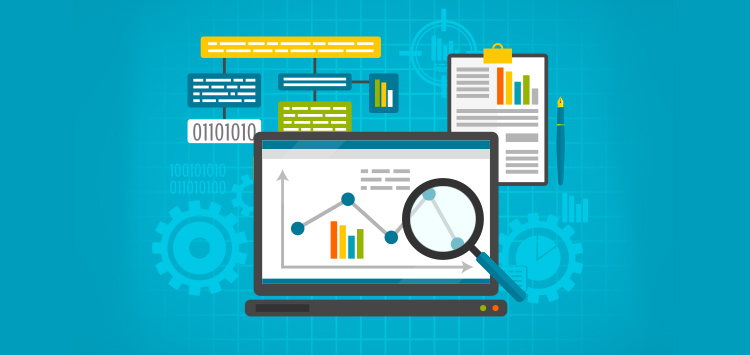5 IoT Application development tips that OEMs should know

Automation has taken its toll and businesses are actively embracing the change to stay in the race, let alone lead. Of all the technologies, IoT happens to have made a dramatic impact in the digital world. Every industry today aims at embedding IoT devices within their line of business operations.
A similar notion needs to be followed by the OEMs. OEMs have Manufacturing units where IoT enabled devices like Smart thermocouples and thermostats can be installed/mounted on the equipment; which can capture data related to process & control measurement of pressure, temperature, strain, force, humidity, flow, etc. This captured data is then stored & analyzed to understand the health of the equipment and prevent any failure before it could happen. The fact that they are the first line manufacturers and deal with equipment, day in and day out, IoT applications would help monitor all remotely.
Today, with the inception of smart devices and having many technology consulting & implementation partners that offer IoT development services, all such processes can be automated for OEMs to improve operational efficiency.
However, it is easier said than done. Here is a checklist of five things to consider when developing an IoT application.
Identifying the device/hardware?
The first and the most important thing to do is define your business objective and trace out IoT enabled devices that would best fit the requirement. It is imperative to select a device that is portable, has enough data storage capacity, and can easily communicate with other devices. Hardware that fails to function under rigorous conditions would do worse. Hence, the choice of the same is important to ensure the effective performance of the application.
Choosing the Communication channel
From Bluetooth to LAN, WAN, and Wi-Fi, there are multiple communication channels to facilitate interaction between the application and IoT device. Assess your requirements in terms of bandwidth, signal strength, security, and latency to pick the ideal one.
Selecting the right IoT application development framework
The next thing to be done is to pick up the right framework. There are multiple application development frameworks such as Azure, AWS, and each has its own perks and shortcomings. Select one that helps you meet your business goals.
Keeping scalability, security, and futureproof ready capabilities atop
A study by Cisco reveals that only 20% of the organizations consider their IoT application to be successful. A major cause here is the absence of scalability. In order to turn your IoT application development process a success, it is important to plan in advance, have realistic expectations, and scale along with the technology. Also, adhere to the security protocols to avoid hacks and attacks.
Will Custom IoT application development be of help?
Lastly, seek whether you should opt for an existing solution or would you want to invest in custom IoT application development. As so it appears, building a custom-fit IoT application would involve a series of steps. Starting with securing the infrastructure to integrating the legacy infrastructure to the new and building a robust user interface, the customized application requires all. Once done, make sure you continuously analyze the solution to improve performance.
Conclusion – Building an IoT application
Having said all of the above, it is important to have the right person to lead the team. At best, hire IoT consultants to take over the development requirements and strive towards an exceptional application for monitoring and controlling of equipment.